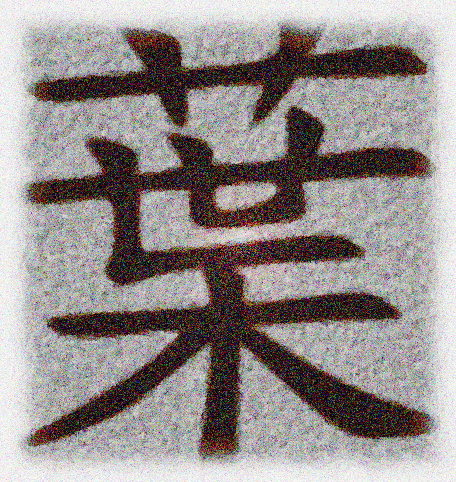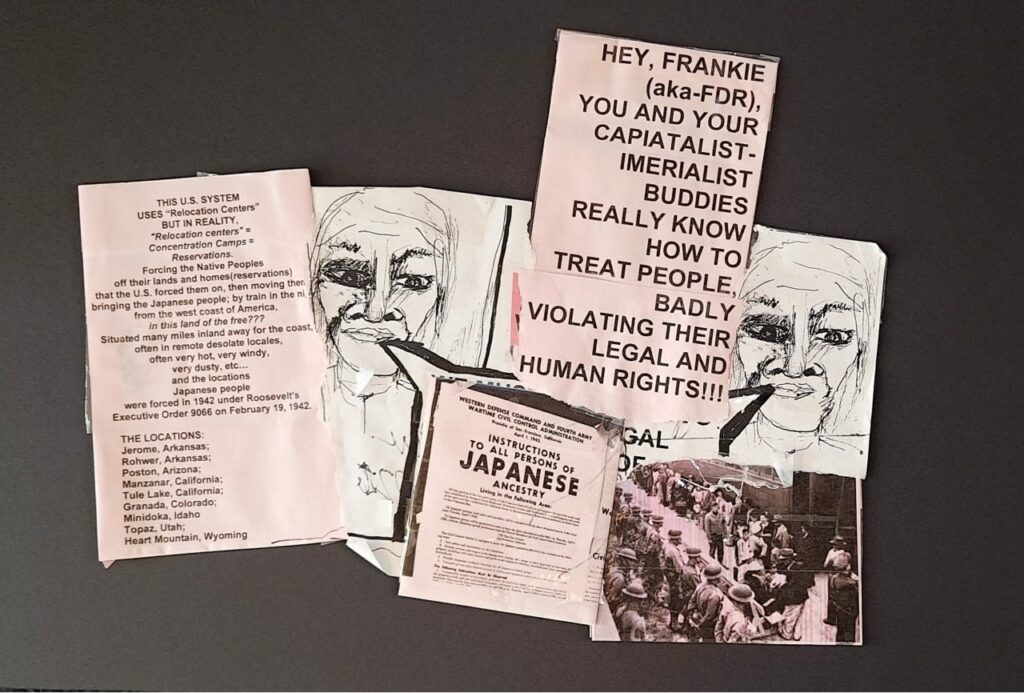I was in the first or maybe second grade; 6 or 7 years old. A group of us in the
schoolyard. My parents and other relatives moved from Poston, Arizona to the inner city of Denver. So, this group in the playground was lower working class made-up with Blacks, Mexicans, whites and me, the Japanese American…
From someone in this group: “Where were you born…?” “This hospital. This town. That city. That state…” Then this rush to offer personal birth declarations came to me, saying that I was born in a camp that my family and other Japanese were put into during the war. An eruption of shouts, jeers, indignant screams filled the air, changed the level of kid-banter and youthful challenging.
Turning into a mob mentality…
“LIAR”, “YOU LIE”, “LIAR, LIAR!”
“THAT NEVER HAPPENED IN THIS COUNTRY!”
“WE DON’T DO THAT IN AMERICA!”
“WE DON’T DO THAT IN AMERICA!” bombarded throughout the schoolyard.
My parents and my aunts and uncles told me of the camps; they even showed me
photos of the family sitting in the desert of Arizona. The next day several of these boys said they asked their parents, who all said that I was telling the truth and that the camps did happen in America. For years, I have thought of how powerful is the statement: “WE DON’T DO THAT HERE IN AMERICA!!!”
Over the years in talking with other Japanese Americans they were also confronted with similar attacks, distortions, and lies about their past. To get a deeper understanding of the U.S. role in establishing concentration camps, look into the American Crimes Series 89.

Stan Nishimura, who was born in internment in 1943 as depicted in the “Drawing Construction” visual piece. After graduating with a MFA in painting and sculpture from the San Francisco Art Institute in the early 1970s, and then earning an MA in music composition and performance from Wesleyan University (Middletown, CT) in the early 1980s, Stan committed himself to exploring the interconnectivity between visual arts and music for decades.
Originally published November 21, 2023 | ArtsEverywhere.ca

